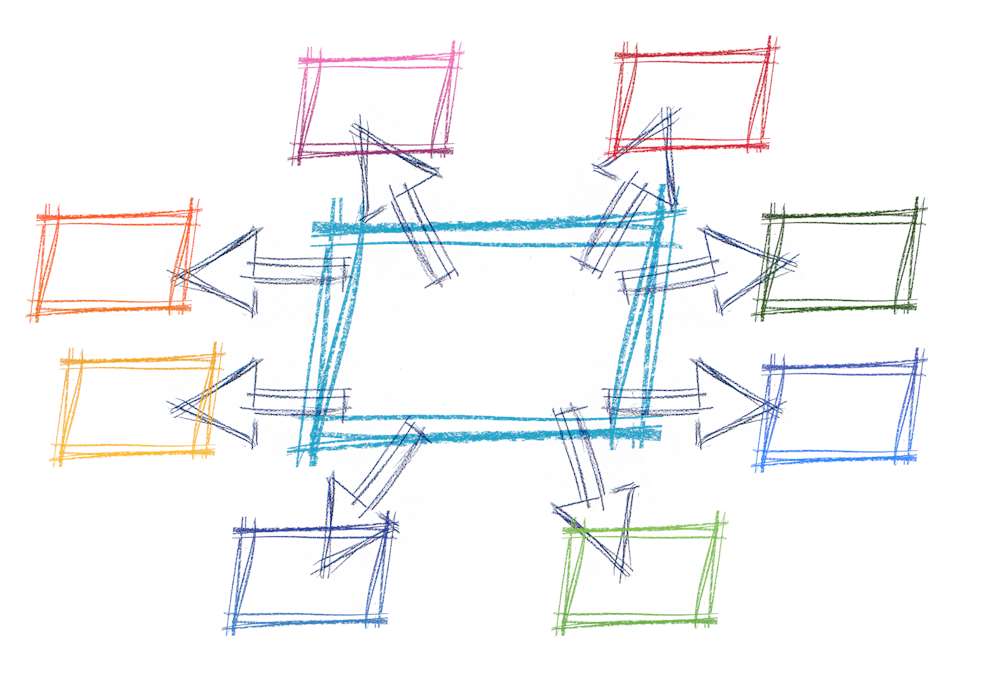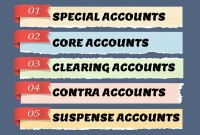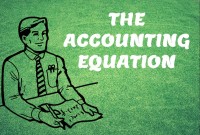- Home
- Business Processes
- Industry Knowledge
- Aerospace Industry
- Automotive Industry
- Banking Domain
- BFSI Industry
- Consumer/ FMCG Industry
- Chemicals Industry
- Engineering & Construction
- Energy Industry
- Education Domain
- Finance Domain
- Hospitality Domain
- Healthcare Industry
- Insurance Domain
- Retail Industry
- Travel and Tourism Domain
- Telecom Industry
- Leadership Skills
- eLearning
- Home
- Functional
- General Ledger (Record to Report)
- Driving Business Efficiency through Divisions and Departments
Driving Business Efficiency through Divisions and Departments
In case of a multi-divisional organizational structure, there is one parent company, or head-office. And that parent owns smaller departments, under the same brand name. Dividing the firm, into several self-contained, autonomous units, provides the optimal level of centralization, in a company.
What do we mean by a department or a division, in context of organizational structures?
The divisions are nothing, but distinct parts, of the same business.
A division of a business or "business division" is one of the parts, into which a business, organization, or company is divided.
Divisions are self-contained units.
The divisional structure consists of self-contained divisions.
Divisions can be defined for different business areas, research units, or administrative offices.
They might have different appointed managers.
And, Divisions may have programmatic, operational, fiscal and budgetary responsibility, for a specific set of business activities, and projects
What is the Relationship between, legal entity and divisions?
A department or division can be viewed as the intersection between a legal entity and a business unit.
In a simplistic scenario, all divisions are part of the same company.
The company itself is legally responsible, for all of the obligations and debts of the divisions.
However, this relationship, may change, in case of large organizations.
In that case, a business division may include, one or many subsidiaries as well.
Initially, in such companies, business units which are part of the same legal entity, are setup to operate in divisions.
Later with growth, these divisions become subsidiaries, and also independent legal entities.
In such cases, various parts of the business may be run by different subsidiaries.
Each subsidiary in such a case is a separate legal entity, owned by the primary business, or by another subsidiary in the hierarchy.
Divisions are also used by management, as a tool for segregation and delegation of responsibilities, to various parts of the business.
Divisions also help the management, in operational control.
Let us understand how they help management in these objectives.
Department as a tool for, Segregation & Delegation.
In case of a multi-divisional organizational structure, there is one parent company, or head-office.
And that parent owns smaller departments, under the same brand name.
Dividing the firm, into several self-contained, autonomous units, provides the optimal level of centralization, in a company.
Although, the whole organization is controlled by central management.
But most decisions are left to autonomous divisions or departments.
Central management provides the overall direction of the firm.
While each division operates autonomously to cater to its own needs.
It is held accountable for its own profits, and can remain productive, even if the other divisions fail.
Divisions as a tool for operational control
A division is a collection of functions, which manage similar types of activities, like the one which produce a product.
They are generally used as cost accumulators and also for revenue recognition.
They may have profit and loss responsibility, and may consist of a group of cost centers.
Departments can also serve as profit centers, managing their own profitability.
In that case, they utilize a budget plan to compete, and operate, as a separate business profit center.
What are some of the basis for creating divisions?
Divisional structure could be based on, many external or internal parameters, based on the management needs.
Some commonly used parameters across industry are, product, customer segment, geographical locations etc.
For example, in case of differentiation by products, each division is responsible for certain product, and has its own resources, such as finance, marketing, warehouse, maintenance etc.
Let us look at some common methods of differentiation, for creating divisions.
First could be, By Product; For example separate divisions are created, to manage different product or service lines.
Another way is to differentiate By Geographical Location; Example is the regional offices created by companies, like Northern Division, Southern division etc.
One can also define divisions by the Type of Customer; For example in case of a bank, different divisions are created to take care of retail business, wealth management and corporate clients.
And divisions can also be created by different Processes; for example in case of a hospital, one can have a division managing admissions, another for surgery, and one for discharge processes, etc.
Related Links
You May Also Like
-
There are five types of core accounts to capture any accounting transaction. Apart from these fundamental accounts, some other special-purpose accounts are used to ensure the integrity of financial transactions. Some examples of such accounts are clearing accounts, suspense accounts, contra accounts, and intercompany accounts. Understand the importance and usage of these accounts.
-
The purpose of the general ledger is to sort transaction information into meaningful categories and charts of accounts. The general ledger sorts information from the general journal and converts them into account balances and this process converts data into information, necessary to prepare financial statements. This article explains what a general ledger is and some of its major functionalities.
-
In this article we will help you understand the double-entry accounting system and state the accounting equation and define each element of the equation. Then we will describe and illustrate how business transactions can be recorded in terms of the resulting change in the elements of the accounting equation.
-
Global Business Services (GBS) Model
Global business services (GBS) is an integrated, scalable, and mature version of the shared services model. Global Business Services Model is a result of shared services maturing and evolving on a global scale. It is represented by the growth and maturity of the Shared services to better service the global corporations they support.
-
Divisional Organizational Structures
The divisional structure or product structure consists of self-contained divisions. A division is a collection of functions which produce a product. It also utilizes a plan to compete and operate as a separate business or profit center. Divisional structure is based on external or internal parameters like product /customer segment/ geographical location etc.
-
In this article we will discuss various types of "Management Entities". Various types of operational units, are created by management, to effectively run, manage and control their business. Different types of functional units, and divisional units, are widely used across industry.
-
GL - Understanding Chart of Accounts
A chart of accounts (COA) is a list of the accounts used by a business entity to record and categorize financial transactions. COA has transitioned from the legacy accounts, capturing just the natural account, to modern-day multidimensional COA structures capturing all accounting dimensions pertaining to underlying data enabling a granular level of reporting. Learn more about the role of COA in modern accounting systems.
-
Period End Accruals, Receipt Accruals, Paid Time-Off Accruals, AP Accruals, Revenue Based Cost Accruals, Perpetual Accruals, Inventory Accruals, Accruals Write Off, PO Receipt Accrual, Cost Accrual, etc. are some of the most complex and generally misconstrued terms in the context of general ledger accounting. In this article, we will explore what is the concept of accrual and how it impacts general ledger accounting.
-
GL - Different Type of Journals
Two basic types of journals exist: general and special. In this article, the learner will understand the meaning of journalizing and the steps required to create a journal entry. This article will also discuss the types of journals and will help you understand general journals & special journals. In the end, we will explain the impact of automated ERPs on the Journalizing Process.
-
GL - Unearned / Deferred Revenue
Unearned revenue is a liability to the entity until the revenue is earned. Learn the concept of unearned revenue, also known as deferred revenue. Gain an understanding of business scenarios in which organizations need to park their receipts as unearned. Look at some real-life examples and understand the accounting treatment for unearned revenue. Finally, look at how the concept is treated in the ERPs or automated systems.
Explore Our Free Training Articles or
Sign Up to Start With Our eLearning Courses

About Us
Learning
© 2023 TechnoFunc, All Rights Reserved











